NCERT Solutions for Class 5 EVS Chapter 9 - Up You Go!
| Table of contents |

|
| Tell |

|
| Imagine |

|
| Tell |

|
| Find Out and Write |

|
| Tell |

|
| Discuss |

|
| Imagine and Write |

|
| Think |

|
| What we have Learned |

|
Tell
Q.1. Have you ever seen the mountains? Have you also climbed a mountain?
Ans. Yes, last summer, we visited Shimla. During our trip, we not only saw the beautiful mountains but also climbed one.
Q.2. How far have you walked at one time? How far can you walk?
Ans. I have walked about 7-8 kilometres at one time. I believe I can walk as far as 15 kilometres in a single stretch.
Imagine
Q.1. What do you think about the paths in the mountains? Draw a picture.
Ans. Paths on mountains typically feature a variety of curves and slopes.
- They can be steep or gentle, depending on the terrain.
- Curved paths help navigate around obstacles.
- These paths often provide stunning views of the surrounding landscape.
Overall, mountain paths are essential for safe and enjoyable hiking experiences.
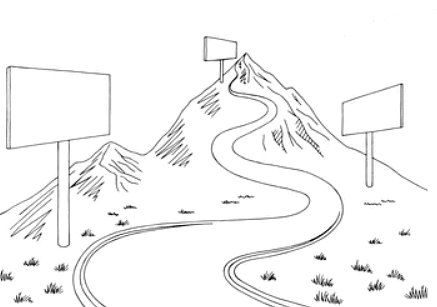
Tell
Q.1. What do you think about the responsibilities of a group leader?
Ans. The responsibilities of a group leader include:
- Assisting group members with their tasks.
- Leading the group effectively.
- Managing the needs of all members.
- Ensuring the safety and well-being of the group.
Q.2. How would you feel if you were made a leader in such a camp?
Ans. If I were made a leader in such a camp, I would feel:
- Confident that I was trusted with this role.
- Determined to take on the responsibility seriously.
- Motivated to support others and ensure everyone’s well-being.
Q.3 What does a monitor in your class have to do?
Ans. In our class, the responsibilities of a monitor include:
- Maintaining discipline in the classroom.
- Arranging necessary items like chalk, duster, and dustbin.
- Communicating any issues faced by students to the teacher or headmaster.
Q.4. Would you like to be the class monitor? Why?
Ans. Yes, I would like to be the class monitor. It will be a wonderful experience to lead my class.
Find Out and Write
Q.1. What kinds of tools are needed for climbing mountains?
Ans. For climbing mountains, we need a thick rope, sling, stick, axe etc. Besides these things, food packets, a water bottle, hook, a plastic sheet, diary, torch, towel, soap, windcheater, whistle, glucose, jaggery, chana, snakes etc. are also required.
Q.2. Have you ever seen a hook and rope being used for anything else? Where?
Ans. Yes, these are used to pull water buckets from a well or to pull heavy goods upwards etc. Besides, I have also watched on TV marooned people being pulled up by helicopters during rescue operations.
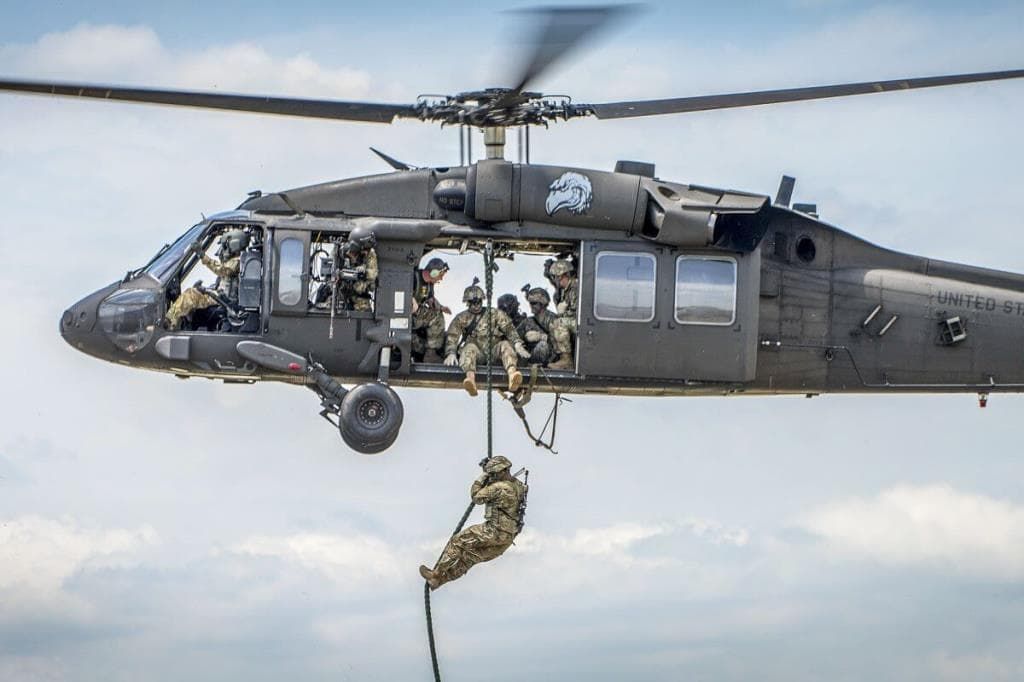
Q.3. What else can we use if we went to cross a river in the mountain?
Ans. To cross a river in the mountains, you can use:
- Thick rope: Essential for securing yourself while crossing.
- Sling: A type of hook that helps in managing the rope.
- Pitons: These are fixed anchors used to secure the rope on both sides of the river.
Q.4. Why do you need extra energy in the mountains?
Ans. Extra energy is needed in the mountains due to several factors:
- We must work against gravitational force when climbing.
- Walking on rocky surfaces is more challenging than on flat plains.
Q.5. Have you ever heard of anyone who has done something adventurous (risky)? What?
Ans. Yes, one of my friends went on a thrilling adventure last summer.
Here are the details:
- He participated in a challenging track event.
- The experience was filled with excitement and risk.
- It was truly an adventurous moment for him.
Q.6. Have you ever done anything adventurous? If yes, tell your class. Write about it in your own words.
Ans. Last summer, when I went to Shimla, I crossed a mountains river using rope, sling and pitons as mentioned in the chapter. It was a very adventurous experience.
Tell
Q.1. Have you ever climbed a tree? How did you feel? Were you scared? Did you ever fall?
Ans. Yes, I have climbed a tree once. It was an exciting experience.
Here’s how I felt:
- I wasn't scared while climbing.
- However, when I looked down from the top, I felt a moment of fear.
- Fortunately, I have never fallen from a tree.
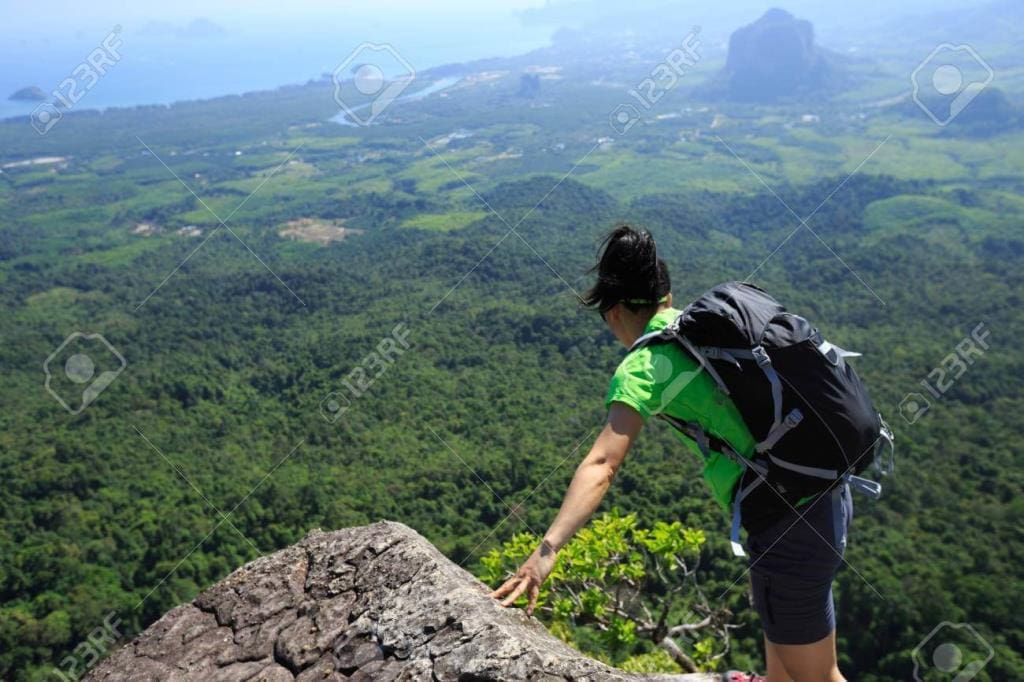
Q.2. Have you ever seen someone climb a small wall? What do you think is the difference between climbing a wall and climbing a high rock?
Ans. Yes, I have seen people climb small walls many times.
Here’s what I think about the differences:
- Climbing a high rock is often easier because its surface is irregular.
- Rocks have elevations and depressions that provide natural holds for hands and feet.
- In contrast, a wall is usually smooth and flat, making it more challenging to climb.
Tell
Q1. Is there anyone in your class whose language you do not understand, or who does not understand yours? What do you do in such a case?
Ans. Yes, a few days back a boy from Kerela joined our class. We do not know each other’s languages so we talk using gestures and enjoy very much doing so.
Q.2. Have you ever lost your way? What did you do then?
Ans. Yes, One or two times I have lost my way. In that case, I asked the local people to help me in finding out my way.
Q.3. Why do you think Khondonbi would have sung loudly?
Ans. Khondonbi would have sung loudly so that the group could listen and find them again easily. She may also be doing so to get over her fear.
Q.4. Have you ever seen someone doing something special to get over their fear? What and when?
Ans. Yes, once riding on a high-rise swing, we were shouting and yelling to get over our fear and also to enjoy ourselves.
Discuss
Q.1. Why do you think a drain was dug around the tent?
Ans. The drain was dug around the tent for several important reasons:
- To prevent insects from entering the tent.
- To keep out scorpions and snakes.
- To create a barrier that enhances overall safety.
Q.2. Besides mountaineering, what are other activities that can be called adventurous? Why?
Ans. Sky diving, gliding, hot air ballooning, and rowing in mountain rivers are some of the other activities that can be called adventurous.
 Fig: Gliding
Fig: Gliding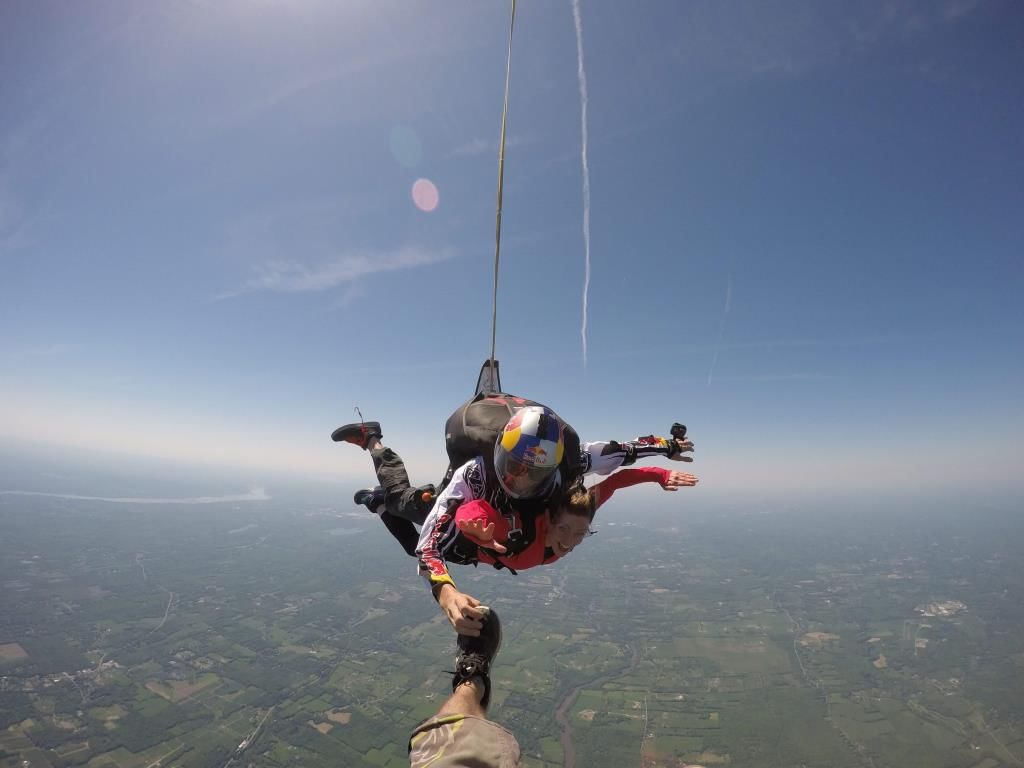 Fig: Sky diving
Fig: Sky diving
Imagine and Write
Q.1. You are on a mountain. How do you feel there? What can you see? What do you feel like doing there?
Ans. I am feeling very excited to climb up a mountain. I can see high mountains all around. In between these are deep valleys. There are also many trees all around covered with flowers. The whole landscape is very beautiful and I feel as if I have come to heaven. I want to climb higher.
Think
Q.1. Why did Bechhendri put up the Indian flag at the peak?
Ans. Bachhendri Pal raised the Indian flag at the peak to honour her country. This act symbolised her pride and achievement as she became the first Indian woman to reach the summit of Mount Everest.
Q.2. When have you seen our national flag being hosted?
Ans. Besides Republic day and Independence day, our national flag, our national flag is hosted on other moments of national pride.
The National Flag is a horizontal tricolour of deep saffron at the top, white in the middle and dark green at the bottom in equal proportion. The ratio of width of the flag to its length is two to three. In the centre of the white band is a navy-blue wheel which represents the chakra
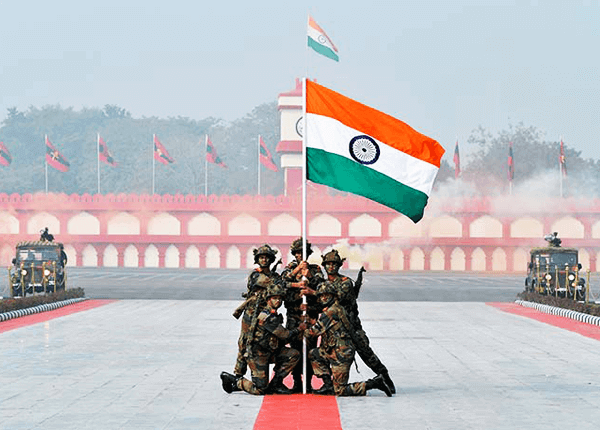
Q.3. Have you seen the flag of any other country? Where?
Ans. Yes, I have seen the flags of various countries in Chanakya Puri, Delhi, where many embassies are located. I have also seen them on television.
What we have Learned
Q.1. Explain why it can be adventurous and challenging to climb a mountain. How would your prepare if you were to climb a mountain? What would you take with you? Write in your own words.
Ans. (i) Mountains are full of dangerous rivers, deep valleys, irregular surfaces etc. Crossing these is a very challenging task.
(ii) It is not easy to climb on the steep slope of the mountains. It requires a lot of zeal and vigour.
If I were to climb a mountain, I would have taken along with me food packets, water bottles, ropes, hunter shoes, hooks, plastic sheets, a diary, a torch, a towel, soap, a windcheater, a whistle, glucose, jaggery, chana, snacks etc. Besides I would also can a camera to catch beautiful pictures.
|
37 videos|244 docs|41 tests
|
FAQs on NCERT Solutions for Class 5 EVS Chapter 9 - Up You Go!
| 1. What is the main theme of the article "Up You Go!"? |  |
| 2. How can the lessons from "Up You Go!" be applied in daily life? |  |
| 3. What are some key takeaways from the article for students? |  |
| 4. How does the article suggest handling failure? |  |
| 5. What role does imagination play in achieving goals, according to "Up You Go!"? |  |
















